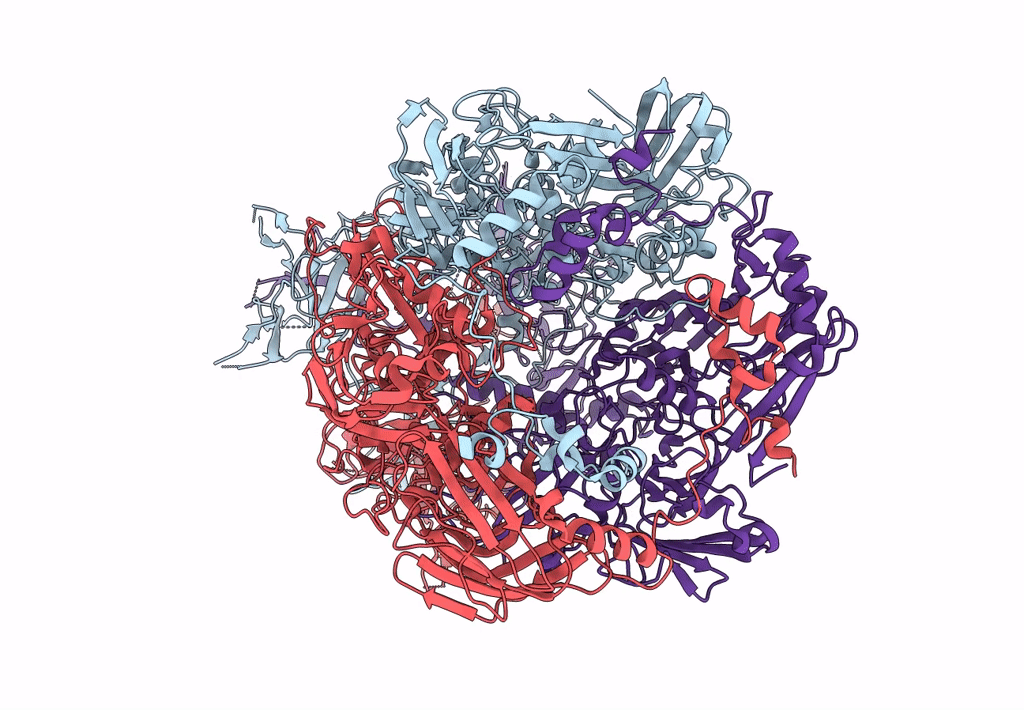
Deposition Date
2023-08-16
Release Date
2023-08-30
Last Version Date
2024-03-27
Method Details:
Experimental Method:
Resolution:
2.90 Å
Aggregation State:
PARTICLE
Reconstruction Method:
SINGLE PARTICLE


